How to get rid of rats and mice in a chicken coop?
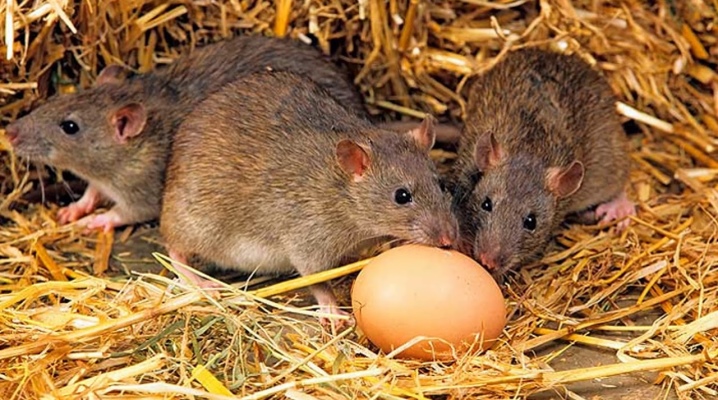
Rats and mice in a chicken coop are a great danger to all its "legal" inhabitants. Rodents will hunt for a bird, they will not regret floors and walls, gnawing holes in them. It is even more dangerous that rodents, as well-known carriers of the infection, can infect a bird with it, and that - a person.
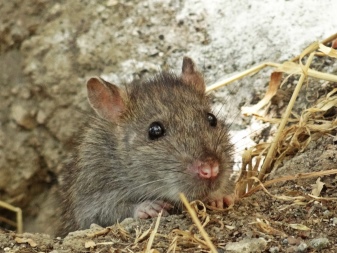
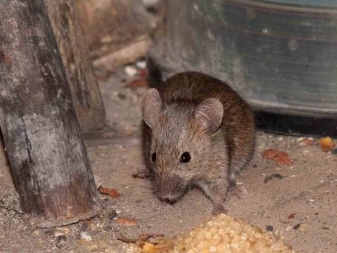
The causes of rodents in the chicken coop
In winter, the chicken coop becomes a desirable object for rats, and this is understandable. The rodent is looking for where to feed, and there is plenty of food in the chicken coop. The owners feed the bird, and rats and mice do not mind eating the same. But they also hunt for chicken eggs, and even attack young chickens.
Other reasons why mice or rats are in the chicken coop include:
- if the chicken coop is at least partially overlooked, the owners are more at risk;
- the specific smell emanating from this place is also attractive to rodents - they associate it with fresh eggs and young birds;
- if the poultry house has access doors for chickens, rats will not fail to use them.
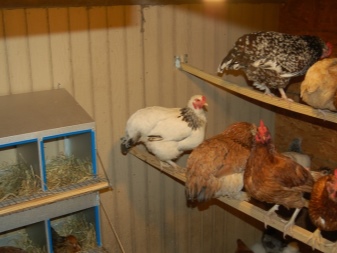
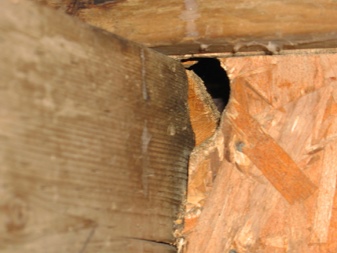
It is possible to understand that the pest enters the chicken coop by a number of signs. A noticeable ammonia odor will be felt in the air in the house. It is even easier to understand the invasion of rodents by the presence of rat droppings on the floor. If a small strangled chicken is found, it is also likely a rodent attack. Rats can steal eggs - this is also an alarming sign for humans. And also it is worth regularly inspecting the walls and floor of the chicken coop for new holes. Well, and the worst thing, how the penetration of the pest into the chicken coop can end - the death of birds.
A big risk for respectable owners of a house and outbuildings is the neighborhood with people who keep their yard in inappropriate conditions. Where there is unsanitary conditions, there are rats. And in search of a more well-fed life, they will migrate to neighboring territories.
After the first visit to the chicken coop or shed, the pest can determine how much food is there, and what are its risks when visiting this place. Rats spread very quickly, one individual can give up to 40 baby rats per year. Moreover, the cunning pest does not build one house for itself, but makes 2 or even 3 of them, and all with fodder reserves, so that the offspring will survive in the event of a threat.
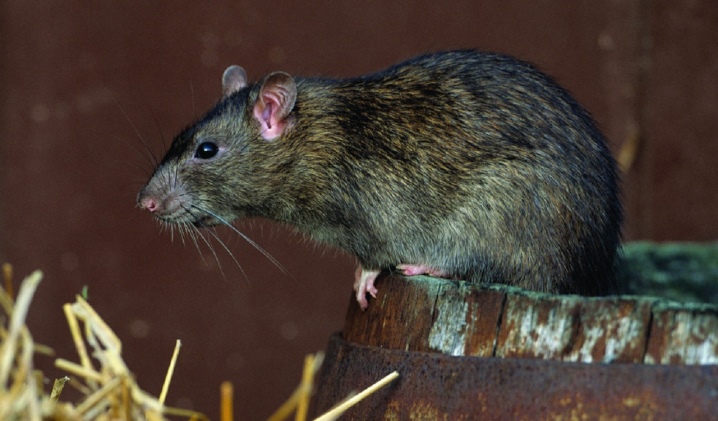
Control methods
It is imperative to get rid of rodents, because in addition to a threat to the life of a bird, it is also a threat to humans. Rats carry rabies and toxoplasmosis, spread lice, fleas and scabies, tularemia and a number of other dangerous infections.
Therefore, it is also important to understand that even a destroyed rat cannot be handled: if there is even a small scratch on the skin, an infection from the pest's body can enter the human body, which is very dangerous.
Special means
Rodent-poisoning drugs are constantly on sale. But you can't say that they help get rid of rats forever. And many of the proposed chemicals are unsafe for poultry. That is, any poison that is created in order to remove a rodent can cost the life of the bird. The poisonous substance begins to act immediately, spreads on its paws throughout the chicken coop. And if it is decided to destroy the rodents with chemicals, the bird will have to be protected, moved to another place - otherwise there is no way.
The most popular remedy is probably called "Rat". But there are enough solutions, baits, poisonous substances that work according to the same toxic principle. All poisons capable of exterminating a rat are dangerous to warm-blooded animals.Rat poisons are divided into 3 categories: contact ones provoke a burn of the respiratory tract of the pest, intestinal ones disguise themselves as bait and poison the rat, and fumigants lead to the death of a rodent, penetrating into its respiratory tract.
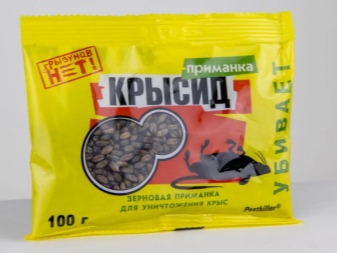
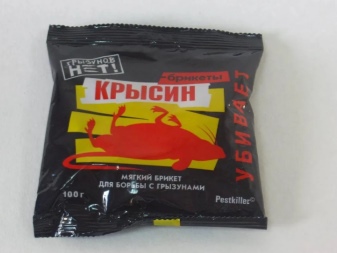
Traditional methods
Pests have been attacking the poultry house for centuries. Naturally, the people during this time have invented more than one way to combat a rodent. Some turned out to be ineffective, others have not been unreasonably preserved in history.
Among the well-known folk methods of protecting against pests, there are many quite effective ones.
- Flour and alabaster. These components are placed in small lumps in the corners throughout the chicken coop. A rat that has eaten such a treat will immediately get a stomach attack and die. Lime is sometimes used instead of alabaster, and ordinary granulated sugar instead of flour.
- Ash. If you scatter it on the floor of the chicken coop, it will be stressful for the rodent. They cannot stand it when ash clings to their paws. But, of course, this method is worth the order in the chicken coop.
- Setting fire to a skein of wool. If you do this and place the skein near the rat hole, the pests will be frightened by the smell and panic. And if they panic, then they will run away.
- Odorous plants. An effective remedy, because rodents go crazy with these smells. In particular, tansy, wormwood, even chamomile and mint have a negative effect on them. Neither mice nor rats will linger in a space where such smells reign.


Of course, rodents will be much less likely if it is simply impossible for them to physically be in the chicken coop. All holes, manholes, cracks and holes in the building must be removed: covered with rubble and broken glass. By the way, if it is possible to remove the chickens from the chicken coop for a while, to protect them, broken glass can be scattered inside the building. A pest that has made its way into the bird house will get hurt on the glass and will not go to a dangerous place anymore.
Then the glass must be carefully removed so that the bird does not suffer.
Ultrasound
An ultrasound machine is a good way to eliminate rat trips to the chicken coop. But the method is still ambiguous, having both pros and cons.
What are the advantages of ultrasonic extermination:
- ultrasound irritates the sensitivity and nervous system of the parasite;
- in a rat, ultrasound will cause panic;
- the equipment is designed in such a way that you can change the settings in it, which contributes to the absence of addiction in rats;
- mice and moles will also not disturb the chicken coop where the ultrasonic installation is located;
- low cost.
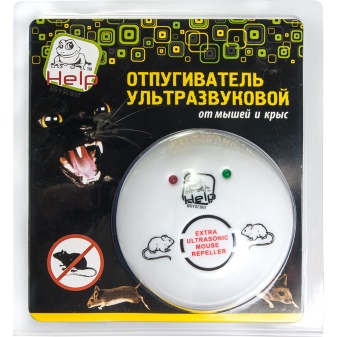
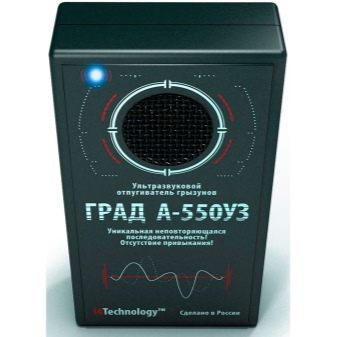
Of the minuses, it is fair to single out the fact that ultrasound cannot be used in a room where rabbits live. And also the choice of equipment is based on determining the radius of its action. It so happens that the chicken coop is large, and you will have to use not one ultrasonic device, but two. Finally, if the device is very simple, there may not be any special settings. Rats are creatures with high adaptation to negative conditions. If the ultrasound mode does not change, there is a risk that rats will get used to it. This means that it will be possible to expel them only in a different way.
Important! It is not worth covering up the holes during the operation of the ultrasonic equipment. Distraught (literally) rodents from the inability to hide in a hole can even attack a person.
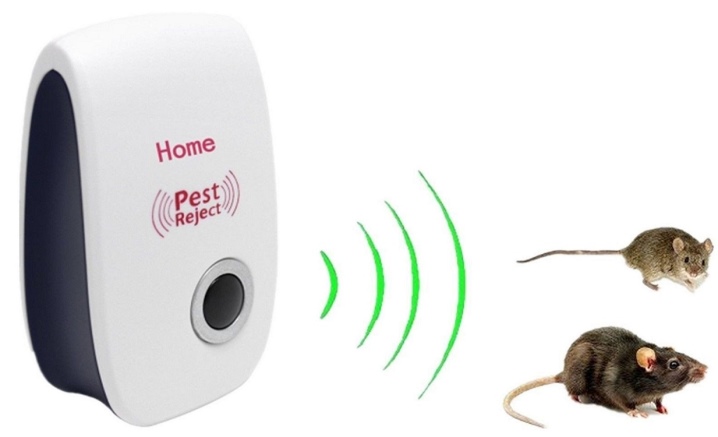
Traps
There are plenty of traps on the market so as not to rack your brains on how to build one with your own hands.
- Rat traps. This is a cage with a slamming door, a bait is put inside the cage. The pest touches the bait and the cage slams shut. But the animal itself remains alive for some time, which means it can snatch or even break free.
- Trap. This is a wooden platform, a spring and a bracket. It also works with bait. The spring is triggered, the end of the pest.
- Adhesive devices. You need cardboard, powerful glue and bait. On a thick cardboard, glue is applied with a thick layer. And the glue substance is significantly dusted with crushed bait. The rat runs to eat and remains trapped.
- Electric traps. This is a box with a bait inside. A rodent that has penetrated inside is struck by an electric current and dies immediately. The trap is extremely effective, but it is not used in a hen house with small chickens.
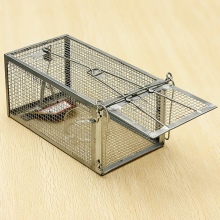
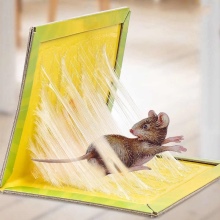

Despite the competition from other control measures, traps are effective and in demand. You can catch rats quickly, and thereby discourage their followers from the chicken coop.
Involvement of special services
If none of the methods described above turned out to be effective, or its implementation for some reason is impossible, it's time to contact the specialists. Professionals go to the facility with an arsenal of tools that will hit the rats, but will not endanger the lives of the inhabitants of the chicken coop. To there is no need to move chickens for the duration of the special service. There is only one drawback of such processing - the service is paid.
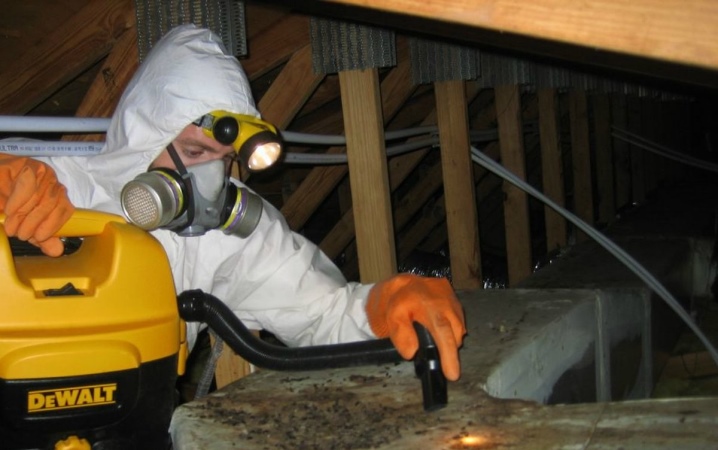
Prevention measures
An effective way to prevent pest attacks is to add turkeys or geese to the main house. These birds are able to defend themselves against pests, they have a sensitive sleep and react to the slightest rustle. Besides, their cackle is the best rat repeller. But such a preventive path is not suitable for everyone: few people, for the sake of killing rodents, dare to have a large bird, if only the goals find a pleasant coincidence.
Consider how else to deal with the appearance of rats and mice in the chicken coop.
- Competent organization of the premises and cleanliness in it. Nobody requires medical sterility, but it is imperative to regularly clean the droppings and feeders, not to let the eggs lay.
- Even during the construction of the chicken coop, you need to track its tightness. If broken glass cannot be used in the building mixture, you can take polyurethane foam. Rodents will not like this taste at all, and they will not want to go to such a place.
- It is good if the chicken coop is built on a monolithic foundation. If the floor in the building is earthen, the top layer of soil must be removed, a metal mesh should be laid, expanded clay and soil should be poured from above. The mesh should be above the foundation. This will prevent the rats from digging into the coop.
- All cracks in the building must be caulked. This should also be done in relation to the foundation and walls of the chicken coop. If the walls are stone, it is very difficult for rats to get into the house.
- Poultry feed control is an important measure. If it is in excess, the room becomes an enviable haven for rodents. Feed is poured enough, and not over-measure. It is better to pour more often, but less.
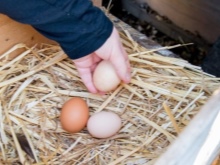
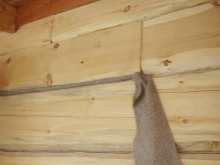
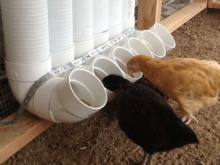
The danger of rats in the poultry house is not exaggerated in the least.
Pests are very smart: they even send one individual to try the bait, and monitor its condition in the following days. If she dies, you don't have to put new baits - the rats will not go in them. To poison them, you may have to act in concert, and the sooner the better. Rats and mice are dangerous by the spread of infection, by the fact that they eat eggs, strangle and tear apart young chickens and others. You shouldn't leave them no chance to break into the house.
If the house is built of durable materials, the floor is not earthen, the walls are stone (albeit thin), the risks of rodent aggression are minimal. Therefore, it will be most effective to learn about the fight against the latter at the construction stage.
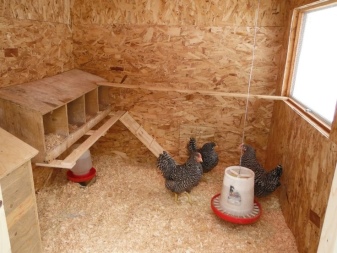
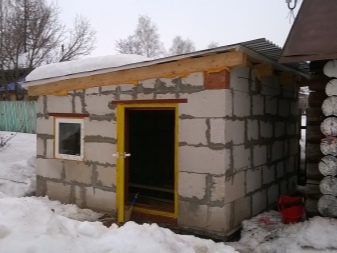













The comment was sent successfully.